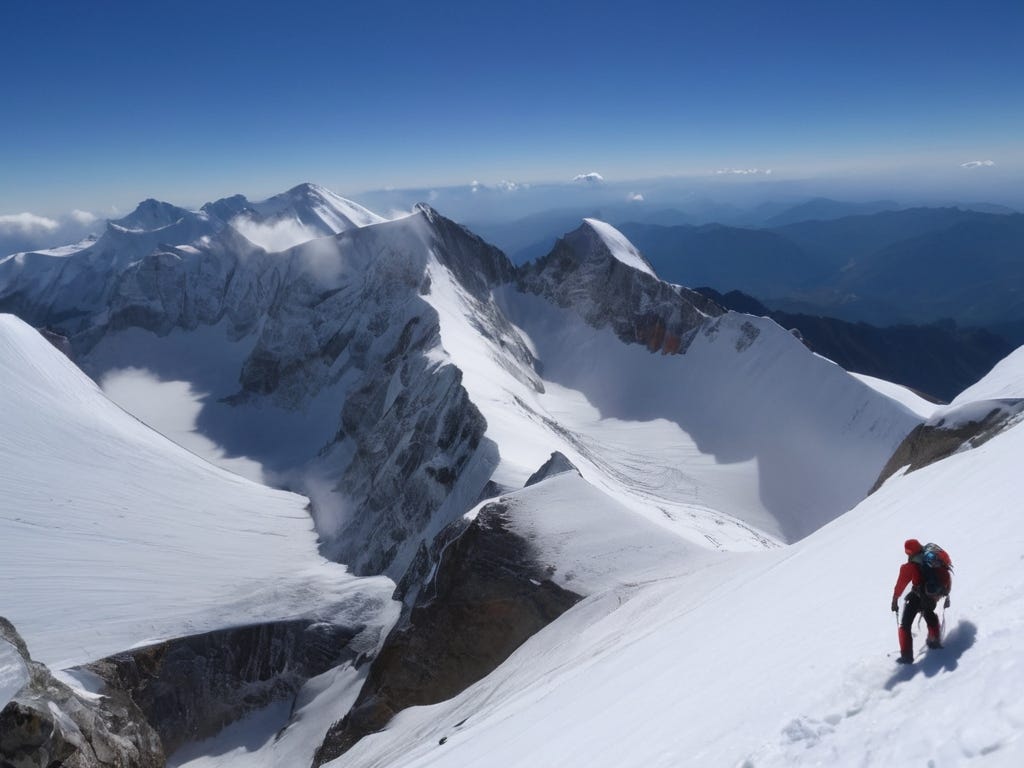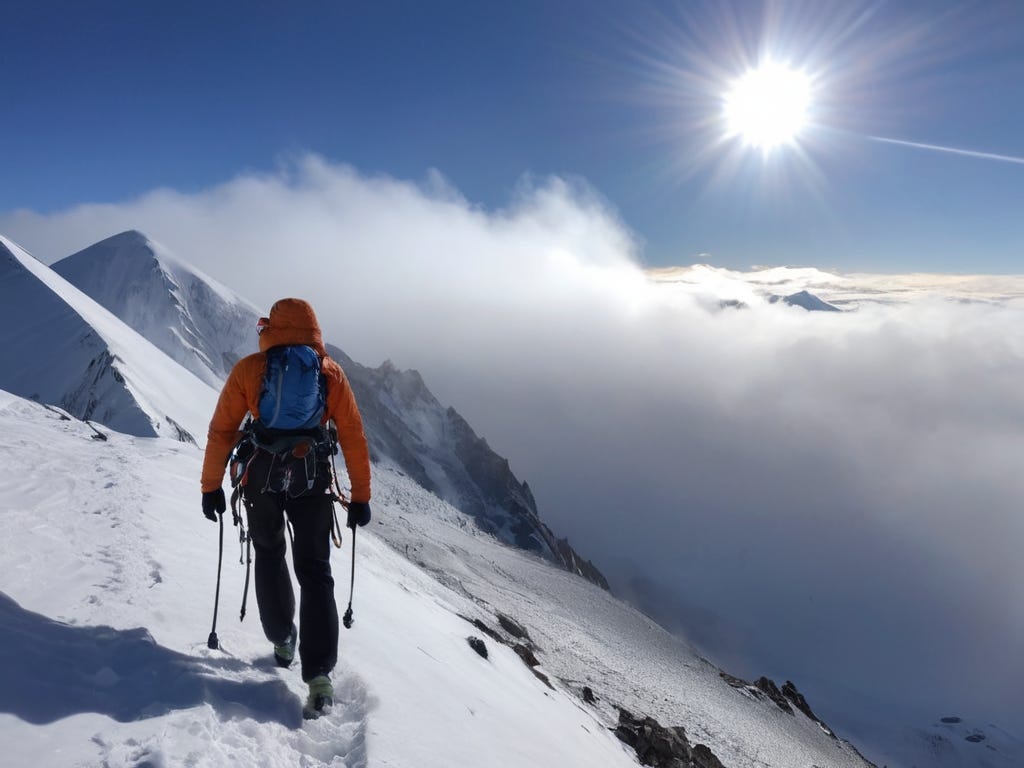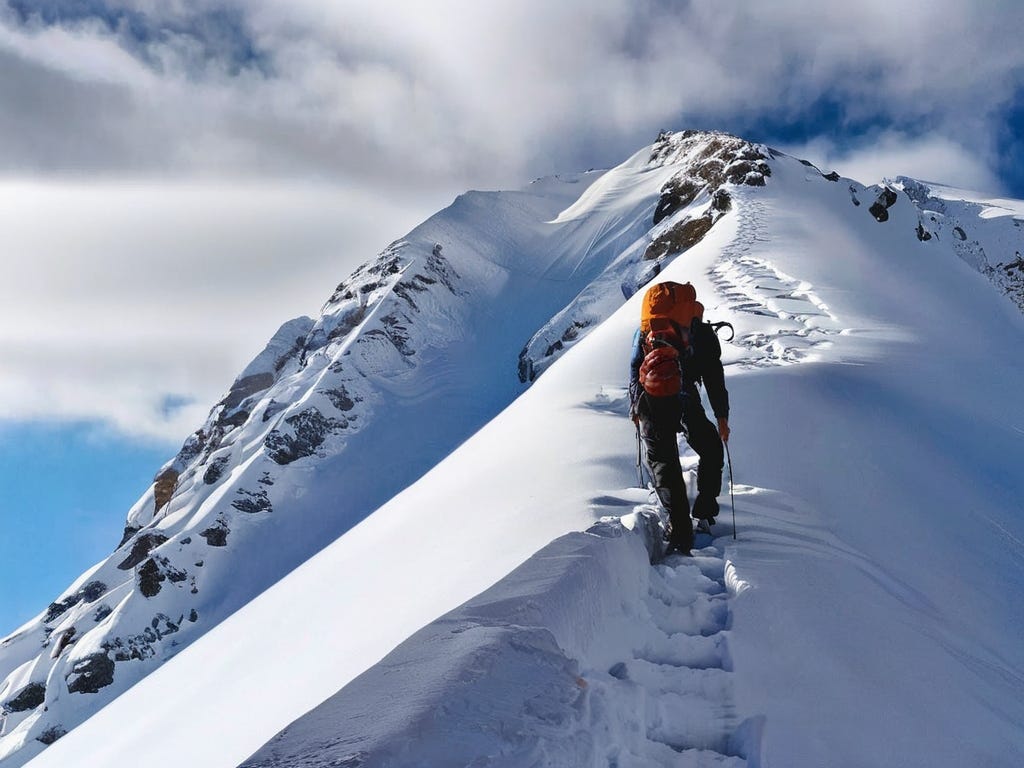Reaching New Heights: The Ultimate Guide to Altitude Acclimatization for Climbing Success
Unconquerable peaks, untamed challenges – discover the key to mastering altitude Acclimatization for your thrilling climbing journey!
Are you ready to embark on a thrilling high altitude climbing expedition? Scaling towering peaks can be an exhilarating adventure. However, it's crucial to understand the importance of acclimatization to ensure a safe and successful climb. In this comprehensive guide, we'll delve into the various aspects of acclimatization, equipping you with the knowledge needed to tackle high altitudes with confidence.
Understanding Altitude Sickness
Altitude sickness is a real concern for climbers venturing into high altitude regions. It's essential to familiarize yourself with this condition to recognize its symptoms and take proactive measures. Altitude sickness typically presents as Acute Mountain Sickness (AMS), characterized by symptoms such as headaches, nausea, dizziness, and fatigue.
While AMS is the most common form of altitude sickness, severe cases can lead to High Altitude Pulmonary Edema (HAPE) or High Altitude Cerebral Edema (HACE), which are potentially life-threatening conditions. Timely acclimatization significantly reduces the risk of these complications.
Preparatory Measures for Acclimatization
As the saying goes, "Slow and steady wins the race." This mantra holds true for altitude acclimatization as well. A gradual ascent is key to allowing your body time to adjust to the reduced oxygen levels at higher altitudes. Consider these preparatory measures for a smooth and effective acclimatization process.
Begin at Lower Altitudes
A wise approach to acclimatization is to start your climb at lower altitudes. This allows your body to gradually adapt to the increasing altitude as you progress higher. By ascending in stages, you increase your chances of reaching the summit safely and minimize the risk of altitude-related illnesses.
Plan an itinerary that incorporates several camps at lower elevations before reaching the higher peaks. This method ensures your body has time to adjust, reducing the likelihood of experiencing severe symptoms of altitude sickness.
Using Intermediate Camps
Intermediate camps serve as crucial rest stops during your ascent. They provide an excellent opportunity for additional acclimatization. By spending a night or two at these camps, you allow your body to incrementally adapt to the altitude.
Choose intermediate camp locations strategically, ensuring they are at lower elevations than your final destination. Such camps facilitate a more gradual ascent, enabling your body to acclimatize effectively.
Planning for Rest Days
Rest days are an integral part of a well-designed climbing itinerary. These days offer a much-needed break from continuous exertion and allow for further acclimatization. Rest days grant your body time to adjust to the decreasing oxygen levels, boosting your chances of summiting successfully.
Embrace rest days as an opportunity for relaxation and recovery. Use this time to hydrate, nourish your body, and engage in light activities, such as short hikes or stretching exercises, to maintain mobility and stimulate blood flow.
Hydration and Nutrition
Proper hydration and nutrition are vital for acclimatization. Keeping your body well-hydrated aids in combating the effects of altitude. Here's how to prepare effectively:
Importance of Hydration
Hydration plays a crucial role in altitude acclimatization. Ensure you drink plenty of fluids throughout your climb, even if you don't feel particularly thirsty. Aim to consume at least 3-4 liters of water per day, adjusting the amount based on exertion and weather conditions.
Carry a water bottle that is accessible and easy to use during your climb. Additionally, consider using a hydration pack, which allows you to sip water frequently without interruption.,
Nutrition for Acclimatization
A well-balanced diet is essential for optimal acclimatization. Prioritize nutrient-rich foods that support your body's energy and oxygen requirements. Consider including the following in your climbing meal plan:
Foods high in complex carbohydrates: such as whole grains, beans, and legumes, to provide sustained energy.
Lean proteins: such as poultry, fish, and eggs, to support muscle strength and recovery.
Healthy fats: found in avocados, nuts, and olive oil, to enhance brain function and aid in nutrient absorption.
Fruits and vegetables: packed with vitamins, minerals, and antioxidants that promote overall well-being and immune function.
Consider consulting a nutritionist to tailor your diet specifically for high altitude climbing, ensuring the right balance of nutrients for optimal acclimatization.
Physical Training and Preparations
Preparing your body for high altitude climbing extends beyond just acclimatization during the climb itself. Adequate physical training beforehand significantly improves your chances of a successful expedition. Focus on these areas to boost your fitness levels.
Image courtesy of thekarakoram.com.pk via Google Images
Cardiovascular Fitness
Excellent cardiovascular fitness improves your body's ability to cope with the reduced oxygen levels at altitude. Engage in regular aerobic exercises such as running, cycling, swimming, or brisk walking to strengthen your heart and lungs before your climb.
Start with low-intensity exercises and gradually increase the duration and intensity over time. Aim for at least 30 minutes of aerobic activity on most days of the week.
Strength and Stamina
Building muscular strength and stamina is vital for high altitude climbing, as it reduces fatigue and helps prevent injuries. Incorporate resistance training exercises into your fitness routine, focusing on major muscle groups such as legs, core, and upper body.
Exercises like squats, lunges, push-ups, and planks are excellent choices. Gradually increase the weight and repetitions as your strength improves, ensuring proper form to prevent injuries.
Breathing Techniques
Learning and practicing specific breathing techniques can assist in optimizing your oxygen uptake during high altitude climbing. Deep breathing exercises and diaphragmatic breathing can help increase lung capacity and oxygen efficiency.
Practice deep breaths by inhaling slowly through your nose, filling your lungs completely, and exhaling deeply through your mouth. Diaphragmatic breathing involves consciously expanding your diaphragm, allowing for a fuller breath.
Experiment with different breathing techniques and find the ones that work best for you. Regular practice before your climb helps familiarize your body with efficient breathing patterns.
Common Medications and Supplements
In certain cases, climbers may opt for medications or supplements to aid in acclimatization. While these can be helpful, it's crucial to consult with a healthcare professional before incorporating them into your climbing regimen.
Acetazolamide (Diamox)
Acetazolamide, commonly known as Diamox, is a medication prescribed to prevent AMS and facilitate altitude acclimatization. It works by increasing breathing rate, improving oxygenation, and adjusting electrolyte balance.
Before using Diamox, consult your doctor or a travel medicine specialist. They can guide you on the appropriate dosage and potential side effects based on your medical history and climbing plans.
Herbal Supplements
Various herbal supplements are believed to aid in acclimatization, such as ginkgo biloba, Rhodiola rosea, and garlic. While these supplements are generally considered safe, their effectiveness varies among individuals.
Remember that herbal supplements should never replace adequate acclimatization techniques. Use them in conjunction with proper acclimatization measures and consult a healthcare professional or herbalist for guidance.
Conclusion
Embarking on a high altitude climbing expedition is an extraordinary experience that requires careful planning and preparation. Acclimatization is a crucial aspect of a successful climb, ensuring your body adjusts well to the reduced oxygen levels.
By understanding the symptoms of altitude sickness, incorporating gradual ascent, planning rest days, prioritizing hydration and nutrition, engaging in physical training, and considering appropriate medications or supplements, you enhance your chances of an enjoyable and safe climb.
Remember, acclimatization is not only a means to reach the summit; it's also an opportunity to connect with nature, challenge yourself, and experience the profound beauty of high altitude peaks. So, strap on your boots, take it one step at a time, and savor every breathtaking moment of your high altitude adventure.









